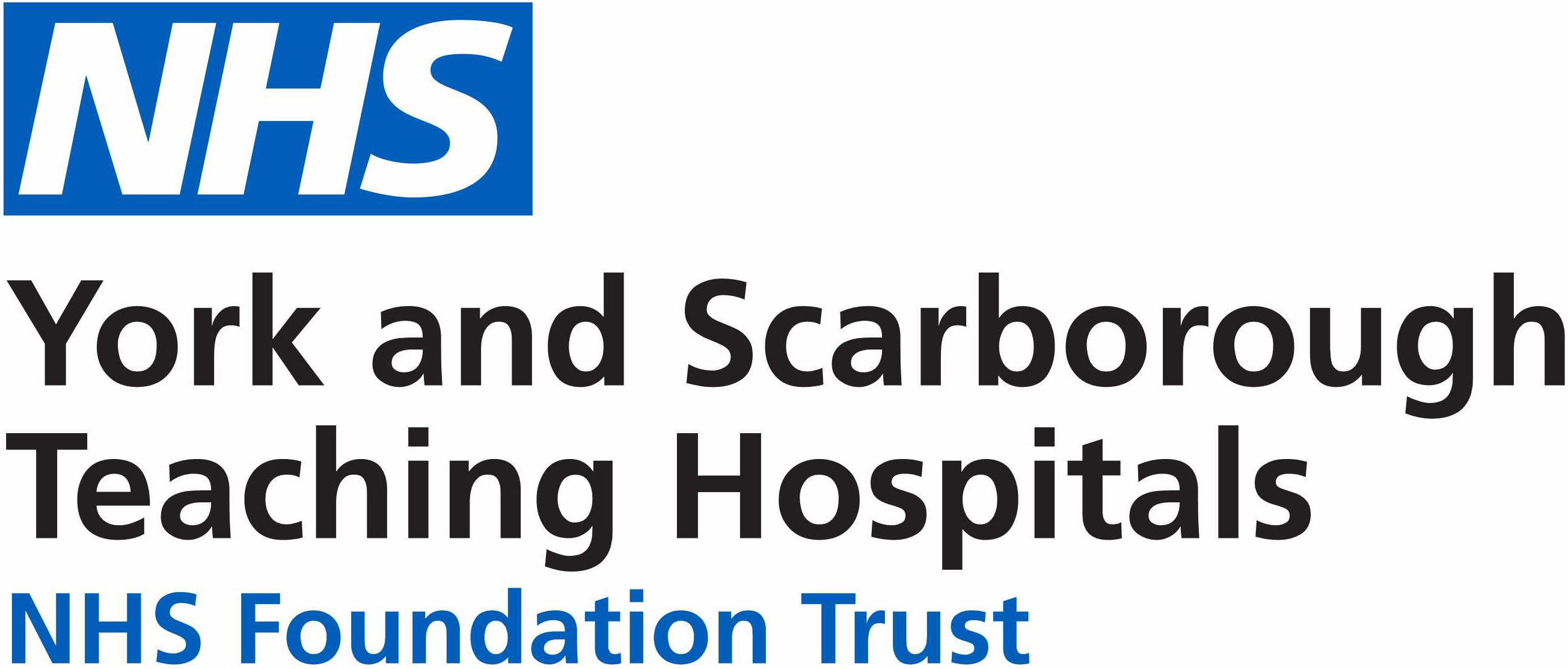Can the Trust please tell us what plans are already in place and what their immediate plans are to rectify this catastrophic 118 out of 134 acute Trusts in the recently published league table?
Mr Bertram assured the questioner that the Board was fully aware of the Trust’s position and actions to address the issues were being prioritised, for example, there had been significant investment to increase diagnostic capacity, alongside more partnership working which would impact on patient waiting times and Cancer performance.
Does the Board agree that empowering and supporting staff is vital to safe and effective care? If so, is this being delivered in practice?
Mr Bertram confirmed that the Board agreed, and this philosophy was enshrined in the Trust’s values. He referenced directors’ visits to wards and departments after each Board meeting and the leadership programme as ways in which the Trust was empowering and supporting staff. The Trust was also launching a continuous improvement programme which would empower staff to deliver safe and effective care.
Is the Board confident that there are systems in place to ensure that staff can raise concerns safely and that these are valued and acted upon?
Mr Bertram explained that the Trust had a Freedom to Speak Up Guardian, supported by Fairness Champions, who could be accessed by staff to share concerns in complete confidence. The Freedom to Speak Up Guardian had attended the most recent Board meeting to present her report which she did on a regular basis. Mr Bertram acknowledged that confidence to raise concerns had been an area of weakness in the last Staff Survey results; the 2025 survey would determine if the Trust had made progress in improving staff confidence in the process.
Is the Board confident that it can demonstrate learning from staff and patient feedback?
The processes for learning from staff feedback had been covered above. Mr Bertram advised that patient feedback was shared with departments, and it was collated to identify themes which were reported to the Board. There was also a robust process for responding to complaints which Mr Bertram outlined. The Board also received reports on the number and themes of complaints as well as the results of the national inpatient survey. Themes from complaints and surveys were used to inform action plans.
What impact are financial pressures having on safe care delivery and staff wellbeing?
Mr Bertram noted that this was a challenge for all Trusts. Safe care must be maintained at all times and there were rigorous processes in place to ensure that cost efficiencies were not made at the expense of quality and safety. High risk initiatives were reviewed by the Chief Nurse and the Medical Director.
Why are waiting times for follow up outpatient appointments not being given to patients?
Ms Hansen explained that follow up care was tailored to individuals, and would depend on diagnostic requirements and treatment pathways, and the urgency of follow up care. She acknowledged the long waits experienced by some patients in waiting for appointments and explained that Patient Initiated Follow Up (PIFU) was being expanded to give patients more autonomy over their own care.
Is the Board confident internal systems (hospital, community, digital) work in a joined-up way? What actions are taken to ensure this is happening?
Ms Hansen responded that she was confident that every effort was being made to improve communication and collaboration. Improvements were stemming from co-locating teams and specialties, and a review of processes was taking place to inform the transfer to a new Electronic Patient Record. The Board and its Committees received every month the Trust’s performance report, the Board Assurance Framework and the Corporate Risk Register so that any concerns could be identified quickly.
What assurances can the Board give that staffing levels (clinical and non-clinical) are safe across all areas, and how are these levels monitored, reported and escalated to the Board?
Mrs Parkes explained that staffing capacity, vacancies and turnover were reported through the quality governance structure to Board. The Board was aware that there were some gaps in staffing capacity and mitigating actions were being taken. Mrs Parkes advised that there were national regimes around nurse staffing and annual reviews of the nursing workforce were undertaken. Staff feedback was also used to inform annual planning.
What are the Trust's top 3 safety risks, and how are they being managed?
Mrs Parkes highlighted the following risks:
- the flow of patients through Urgent and Emergency Care departments, which was managed through the Urgent and Emergency Care Board and scrutinised by regional colleagues;
- the elective recovery plan which was impacted by workforce capacity and issues with the estate; Executive Directors were working together to identify more effective ways of working; investment in the estate had been referenced by Mr Bertram in his presentation;
- maternity care was also an ongoing risk, not least due to the gap in staffing capacity; Mrs Parkes highlighted the work of the Director of Midwifery in delivering improvements which had been recognised by national colleagues; Mr Barkley added that the Board had recognised the risk and approved immediate investment in additional midwives.
How is the learning from incidents, complaints, PALS embedded into practice?
Mrs Parkes explained that information was triangulated by senior leaders to identify core themes which were used to inform improvement plans and key priorities. She provided some examples.
How does the Trust ensure patients and carers voices shape decisions?
Mrs Parkes responded that complaints to the Trust were used to inform patient experience improvement plans. In addition, colleagues from Healthwatch attended the Patient Experience Sub-Committee and an engagement framework for patients and their families and carers had been developed. The next step was to incorporate the voice of the child into patient experience improvement plans.
Why is the Friends and Family Test (FFT) feedback system largely unused?
Mrs Parkes explained that the system had been paper based but a new electronic system had been recently implemented which she expected would encourage more engagement.
How is staff morale monitored and evidenced?
Miss McMeekin advised that this was via the annual Staff Survey. The results were divided into nine themes. The theme relating to morale contained 13 questions of which Miss McMeekin provided further details. The 2024 survey results for the Trust showed a score of 5.4 out of 10 for this area, with the average for Trusts of a similar size and type being 5.9. The Trust sought to improve its score in this area.
How likely is the Scarborough Coastal Health and Care Research Collaborative (SHARC) programme, which appears to significantly rely on community volunteer support to reduce healthcare inequalities experienced by coastal residents? Is the programme at risk of just highlighting the problems which are known about, rather than making changes to operational service provision?
It was noted that SHARC was a new venture that was still in its information gathering stage, so there would initially be elements of highlighting problems and issues which were already well known. SHARC would then take this information to work with collaborators to bid for funds to address the issues. For example, a £1.2m award from the National Institute for Health Research had been secured for a project called ELEVATE, to look at how best to deliver Emergency Care was delivered in coastal towns. This study would be completed after three years and would lead to recommendations on operational service provision.
Mr Barkley summarised that the Trust’s league table position mainly resulted from its lack of capacity to meet the demand for its services which was difficult to address when the Trust was required to reduce its running costs by £50m in the financial year. Mr Barkley noted that the Trust was in the lowest quartile of similar Trusts in terms of these running costs. Staff were understandably frustrated and anxious that they could not provide a timely service, which was impacting on morale. The Board would continue to make every effort to ensure that the Trust eliminated waste and improved efficiency.






